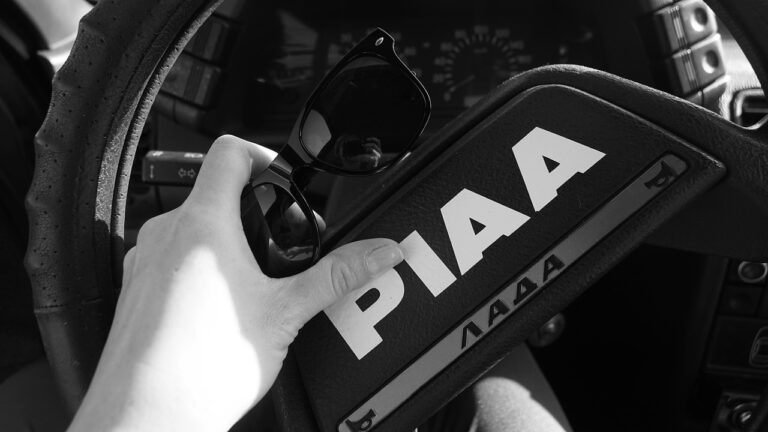Exploring the Potential of Vehicle-to-Vehicle (V2V) Communication Standards
V2V communication standards offer a range of advantages to drivers, pedestrians, and the transportation system as a whole. One key benefit is the potential to enhance road safety by providing real-time information about surrounding vehicles’ speed, location, and direction. With this data, drivers can make more informed decisions, helping to prevent accidents and reduce instances of collisions.
Moreover, V2V communication standards can improve traffic flow and reduce congestion on roadways. By enabling vehicles to communicate with each other, they can coordinate movements more efficiently, such as merging onto highways or navigating through intersections. This enhanced coordination can lead to smoother traffic patterns, shorter commute times, and less environmental impact from idling vehicles.
Challenges in Implementing V2V Communication
Implementing V2V communication systems comes with its fair share of hurdles for manufacturers and policymakers alike. One of the primary challenges is ensuring interoperability among different vehicle brands and models. Without a standardized protocol across the automotive industry, V2V communication could face compatibility issues, hindering its widespread adoption and effectiveness.
Moreover, privacy and security concerns loom large over the implementation of V2V communication. As vehicles become more connected, the risk of cyber attacks and unauthorized access to sensitive data increases. Addressing these vulnerabilities requires robust encryption methods and stringent data protection measures to safeguard both the integrity of the communication network and the privacy of drivers and passengers.
Safety Improvements with V2V Communication
V2V communication standards have transformed the landscape of road safety by enabling vehicles to exchange crucial information in real-time. This technology allows vehicles to communicate with one another, thereby enhancing situational awareness and reducing the likelihood of collisions. By sharing data on speed, position, and direction with nearby vehicles, V2V communication creates a cohesive network where cars can proactively react to potential dangers on the road.
Moreover, V2V communication has significantly improved safety at intersections, which are notorious hotspots for accidents. Through V2V technology, vehicles can alert each other of their presence and intentions, mitigating the risk of intersection-related crashes. This real-time exchange of information empowers drivers with enhanced decision-making capabilities, leading to a more secure driving environment for all road users.





